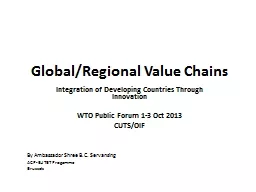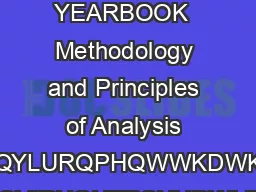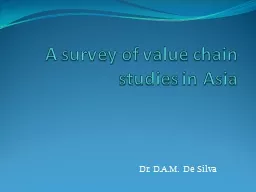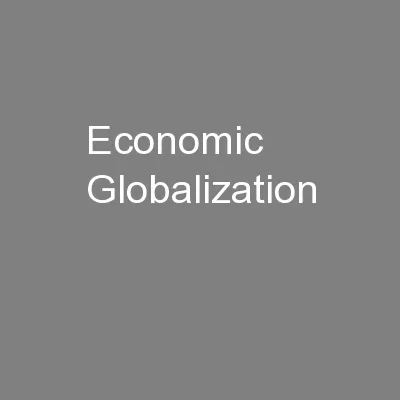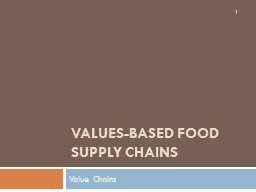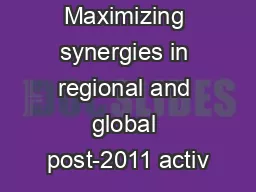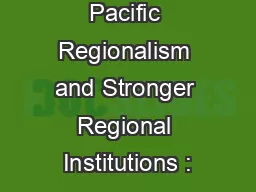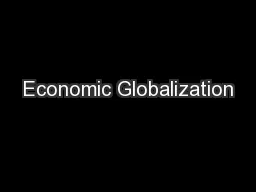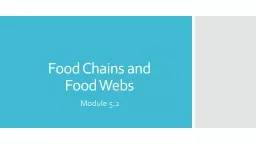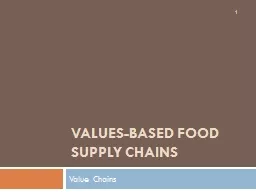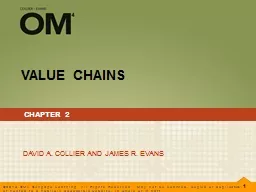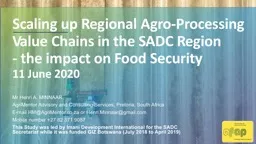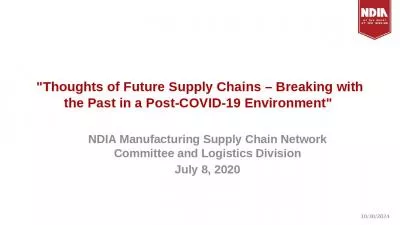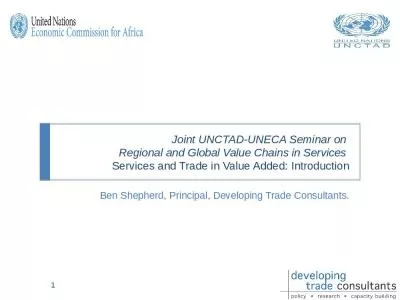PPT-Global/Regional Value Chains
Author : marina-yarberry | Published Date : 2019-01-25
Integration of Developing Countries Through Innovation WTO Public Forum 13 Oct 2013 CUTSOIF By Ambassador Shree BC Servansing ACPEU TBT Progamme Brussels Introduction
Presentation Embed Code
Download Presentation
Download Presentation The PPT/PDF document "Global/Regional Value Chains" is the property of its rightful owner. Permission is granted to download and print the materials on this website for personal, non-commercial use only, and to display it on your personal computer provided you do not modify the materials and that you retain all copyright notices contained in the materials. By downloading content from our website, you accept the terms of this agreement.
Global/Regional Value Chains: Transcript
Download Rules Of Document
"Global/Regional Value Chains"The content belongs to its owner. You may download and print it for personal use, without modification, and keep all copyright notices. By downloading, you agree to these terms.
Related Documents

